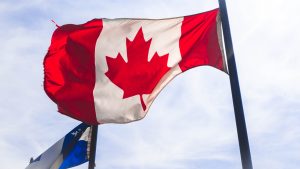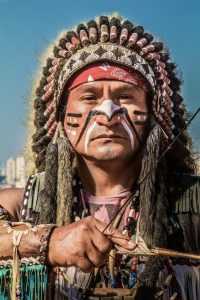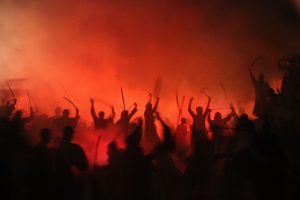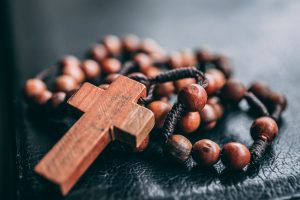
This is my final reading log that was written in response to the question “what is history and how do we do it?”
History is happening all around us, and it shapes everything we do. Throughout the term, I have learned important things about Canadian history including the culture of indigenous people, how different societies functioned, and how European culture heavily influenced Native American Society.
The indigenous people of Canada had an interesting culture filled with food, community, and moral codes. One thing, in particular, that was intriguing about the culture of the Indigenous communities was their method of hunting and gathering. This was a survival practice that every Indigenous tribe practiced, as it was a means of survival. Communal buffalo hunting is fascinating in the sense that it allows for many animals to be killed at once, and for ethnic groups to come together and recreate community. In the book we read, “Imagining Head-Smashed-In: Aboriginal Buffalo Hunting on the Northern Plains” by Jack Brink, the author talked about how this form of hunting buffalo allowed the people of the Plains to come together as one.

Read more: Reading Log One
One group that intrigued my interest the most was the French-Canadian Charivari. The French-Canadian Charivari was a group of people who fought against the British colonial regime in 1837. The people who participated in charivari were typically motivated by political or religious views, and it was used to speak to those in governing positions who were too ignorant to listen. The actual practice itself was brought over to Canada from France, and it was used during the Lower Canada revolutionary crisis. The group(s) that participated in charivari rallied for many reasons, one of which was the military document of 1837. Along with this, they targeted drunkards and those who went against the rules of the Church. They also attacked everyone who did not follow the moral standards of their society.

Read more: Reading Log Ten
After studying how the Jesuits approached their ministry, it is no surprise that European culture heavily influenced Native American society in a negative way. Based on the resources we read in class, the Jesuits were missionaries of the Roman Catholic Church who were sent out to convert the Native American society to their Biblical standards. Although they may have gone over good intentions, they did more damage than good. The missionaries forced many Indigenous groups to understand the Biblical view of sin and hell, and they took away their ceremonial rights. One group, in particular, that was affected by the Jesuits was the Huron tribe. The Jesuits removed the healing rights from the Huron tribe and made them live in fear of the Christian cross.

Read more: Reading Log Two
Throughout this semester, I have learned many things that are vital to understanding history and its importance to our society today. Through the reading logs and in class discussion, I have learned more about the Indigenous people of Canada, how different societies flourished, and how European culture affected Native American society.
Sources mentioned:
Brink, Jack W. Imagining Head-Smashed-In Aboriginal Buffalo Hunting on the Northern Plains. Edmonton: AU Press, 2014.
Gaffield, Chad. The Invention of Canada: Readings in Pre-Confederation History. Toronto: Copp Clark Longman, 1994.
Moodie, Susannah Strickland. Roughing It in the Bush. Edited by Michael A. Peterman. New York: W.W. Norton, 1871.
Ronda, James P. “”We Are Well As We Are”: An Indian Critique of Seventeenth-Century Christian Missions.” The William and Mary Quarterly 34, no. 1 (January 1977): 66-82. doi:10.2307/1922626.